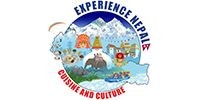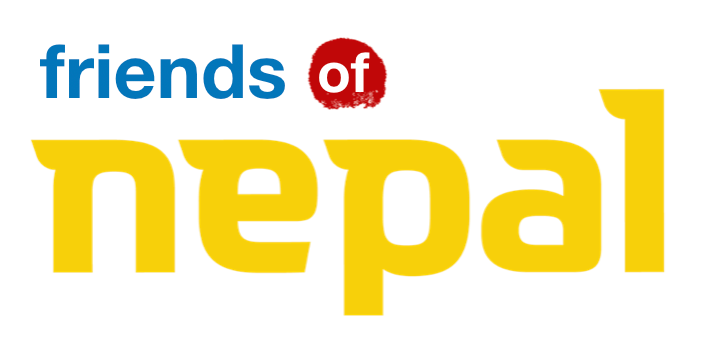-
Places to go
-
Things to do
-
Adventure
Nature
Culture
Wellness
Others
-
-
Festivals & Events
-
Festivals
Event Calendar
-
-
Plan Your Trip
-
Trip Ideas
Travel Details
Book Your Trip
-
- Travel Updates
Food & Culinary
Food & Culinary
Discover a world of flavors in Nepal, from wholesome dal-bhat to popular momos & more.
There is no better way to understand Nepal and Nepali people, than through their cuisine. Nepal does not have one distinct cooking style. However, food habits differ depending on the region. Nepali food has been influenced by Indian and Tibetan styles of cooking. Authentic Nepali taste is found in Newari and Thakali cuisines which are available in a large number of eateries spread all over the valley. Among the many options in Nepal’s tourism products, Nepali food can be considered heaven for culinary tourism. The multi-ethnic and multi-cultural disposition of Nepal offers unlimited choice of cuisines based on region, religion, ethnicity, culture, festivals, environment and diverse climatic conditions.
Wherever you go, your trip would be incomplete without getting an opportunity to taste the local cuisine. Nepal is the land of diverse cuisine. The vast number of ethnic groups have their own delicacies depending on the topography and climate of their region. Rice is the major source of energy in the country, Nepali people consume it two times a day, as lunch and dinner, on a daily basis. However, side dishes may vary from lentils to vegetable curry to meat curry to extremely spicy pickles and in the Himalayan region their meals are completely different.
Nepali food is classified as (a) Madhesi comprising of Maithili, Bhojpuri, Awadhi and Lohorung indigenous to the Eastern Nepal region (b) Janajati cuisine in the middle hills (c) Urbanized Newari cuisine from Kathmandu Valley (d) Thakali cuisine from the Himalayan lowland and (e) Himalayan cuisine, culturally close to trans Himalayan and Tibetan ethnic groups. The wealth of the Nepali food needs to be explored, analyzed and tasted to learn more about the country.
Food Items of Nepal
Out of the several varieties of food items practiced by regional ethnic groups in the country, these dishes are all very popular in the local households and restaurants, complemented by highly experienced restaurant keepers and food or diet experts. The five spices or seasonings commonly used in Nepali cooking are: Timmur, Jimbu, Methi, Hing, Jwanu, Chuk and Chhyapi.
Shallot is known as Chhyapi, the Nettle is a rich source of Vitamin A and C and dietary fiber. It is commonly cooked in hill regions as a soup or combined with the staples. Wild pepper is known as Timmur, also popular as Sichuan pepper. Jimbu is a dried Himalayan herb often used as a flavoring agent or garnish as well as to cure altitude sickness.Jwanu is fully loaded with vital minerals, in particular calcium. It is commonly served to lactating women in Nepal to enhance bone health, also traditionally used for healing upset stomach, cough and cold. Chuk also known as lemon concentrate is an ingredient extracted out of Kalo Jyamir and is used heavily in Nepali households often added in achar and chutney to enhance the sour taste.
Chukauni is a popular salad preparation from Western Nepal, in particular Palpa and the districts around. Made using yoghurt, onions, spices and potato the addition of yogurt in it makes it a wholesome recipe. Yoghurt helps to process carbohydrate from the potato while balancing out the spice level of the overall dish. This Nepali potato yoghurt salad is a tasty side dish to be paired with steamed rice, roti bread or sel roti. Served either warm or cold it is considered to be a famous breakfast dish in Western Nepal.

Timmure Alu is a dish where both timmur and potatoes are used. This dish originates from the higher Himalayan region of Nepal and served in most Thakali restaurants across Nepal. As an important part of the spice combination in Nepal, timmur not only provides special taste, but also supplies loads of health benefits when combined with main food. Timmure Alu is eaten as a side dish with dal bhat or solely as a snack.
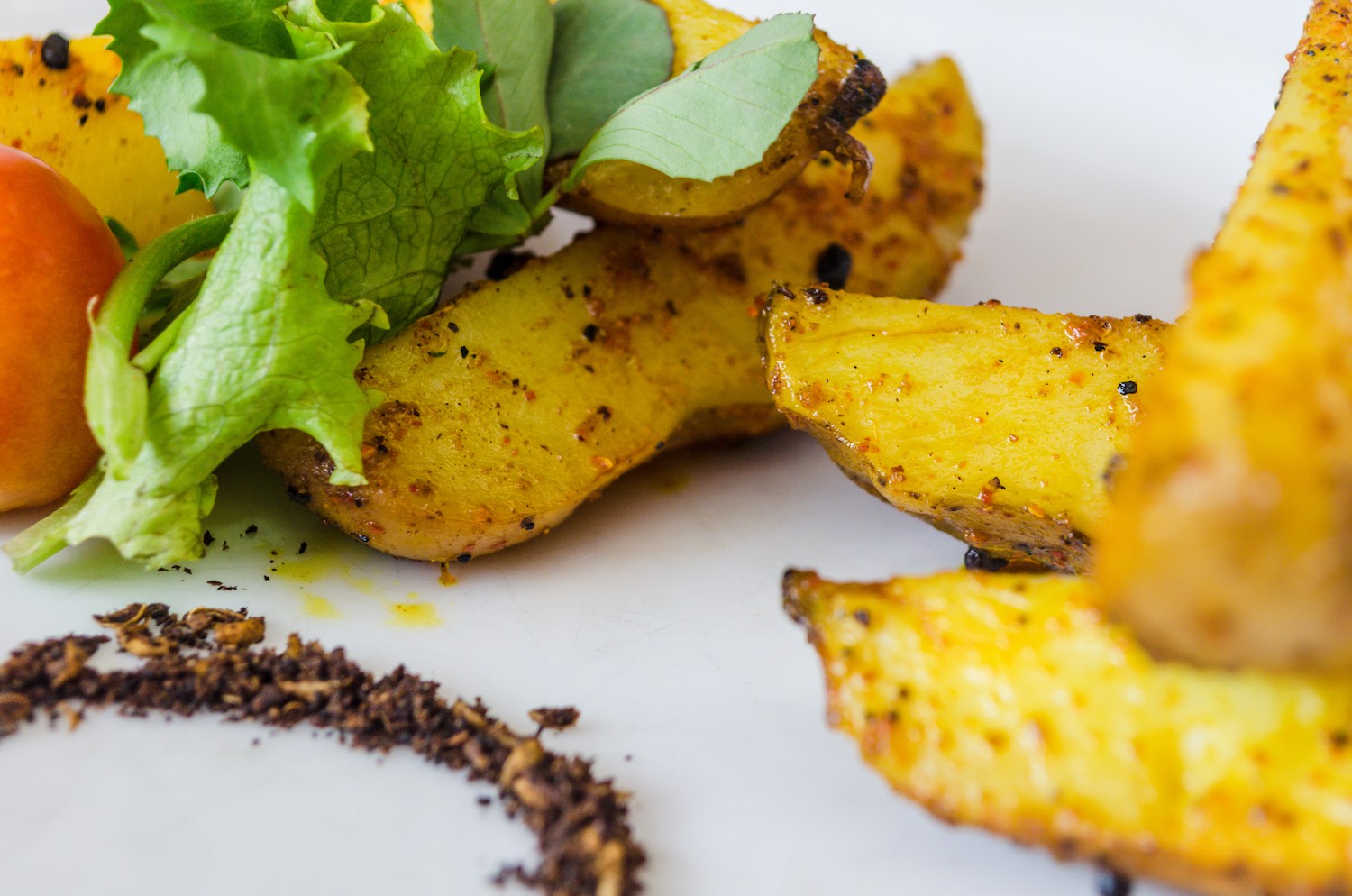
Phulaura is one of the delicacies in Nepali kitchen, cooked as a snack or appetizer. Made out of lentils, it is also known as deep fried lentil balls/fritters. Phulaura can also be prepared using buckwheat flour, and is more popular in Himalayan region of Nepal. It is usually prepared as a snack during festivals or certain rituals.

Sekuwa made out of chicken, mutton or buff, is a traditional grilled marinated meat skewer cooked by roasting in natural wood fire. The dish is both flavorful and smoky making it a perfect snack to go with a normal meal or alcoholic beverages. Usually served with beaten rice or puffed rice, it is garnished using coriander leaves, chopped onion and a few drops of lime juice. Sekuwa is among the most popular meat snacks in Nepal and enjoyed by many on a usual basis.
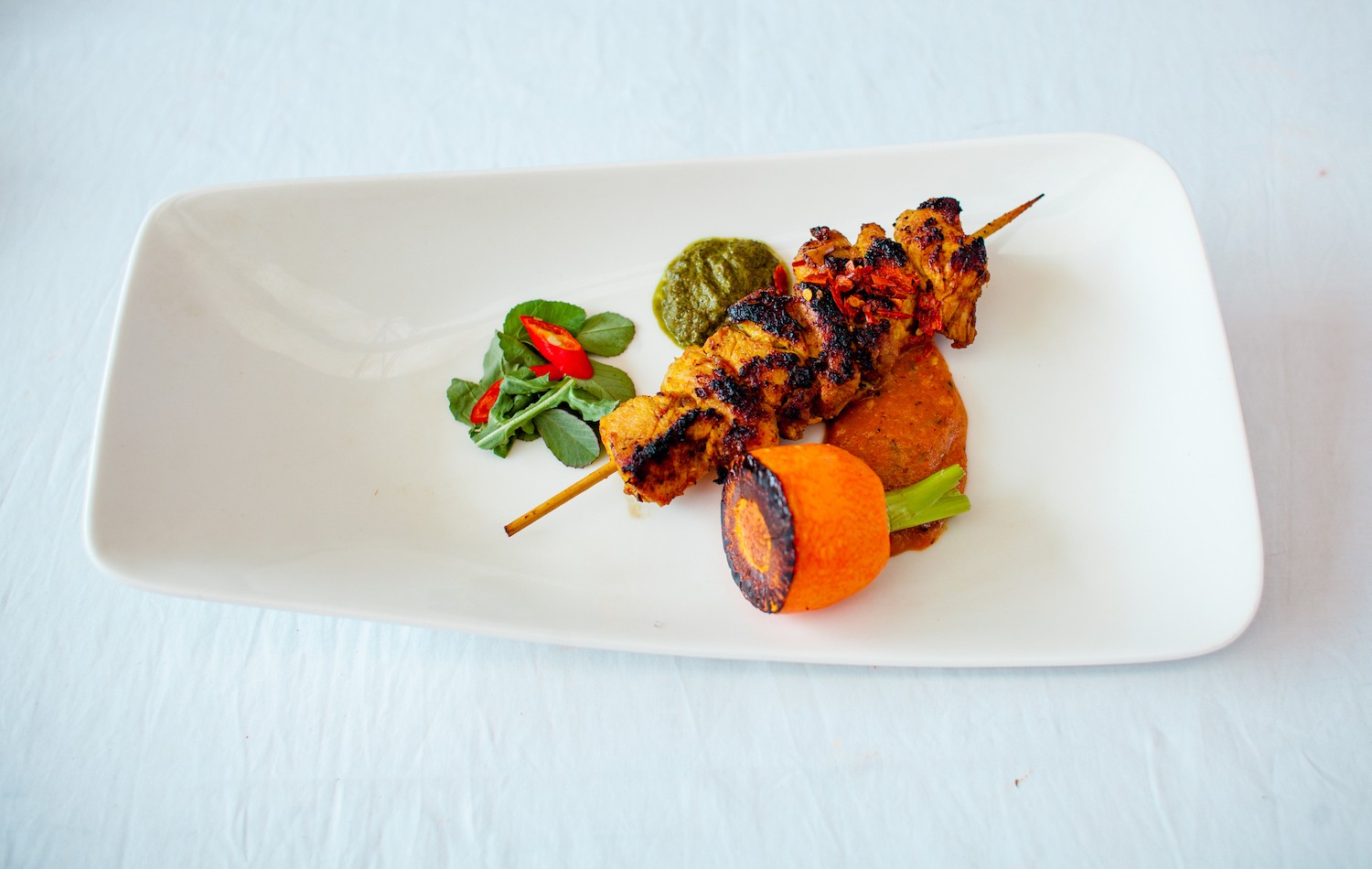
Quanti soup consists of nine different types of sprouted beans rich in vitamins and proteins that are soaked in water for 3 days in advance. Consumed for its health benefits and cultural significance, Quanti is believed to be good for expectant mothers as well as cough and cold. This dish also symbolizes a specific festival in Nepal, e.g. Janai Purnima (full moon festival day during the month of August) is consumed by people all over the country during this time annually.
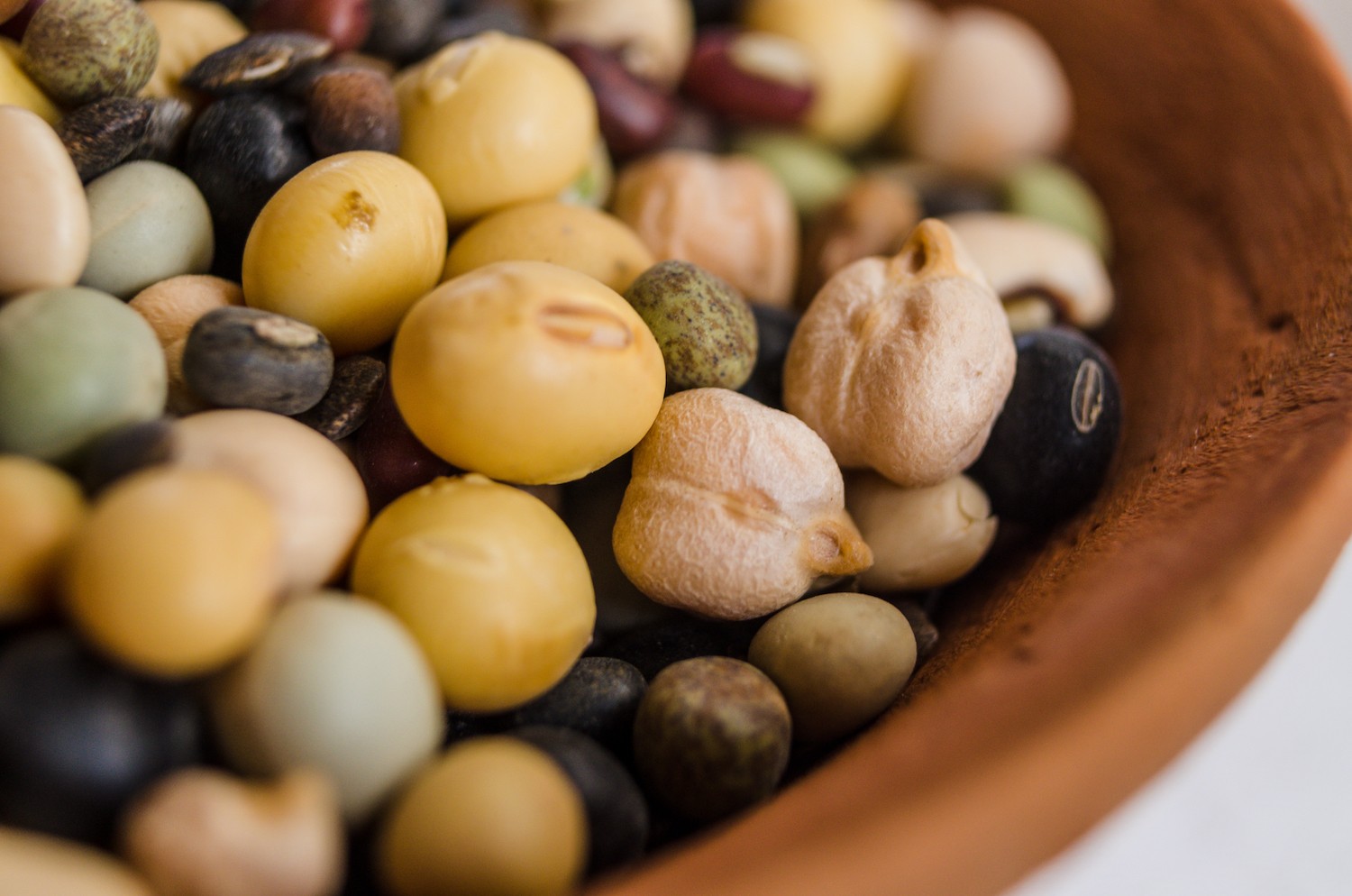
Chatamari or Newari Pizza is another traditional snack as well as a popular Nepali street food. Divided into two parts the crepe base is made using rice flour whereas the topping is a combination of marinated minced meat, eggs with onions and spices. Chatamari gains the title of “Newari Pizza” purely because of the way it looks.
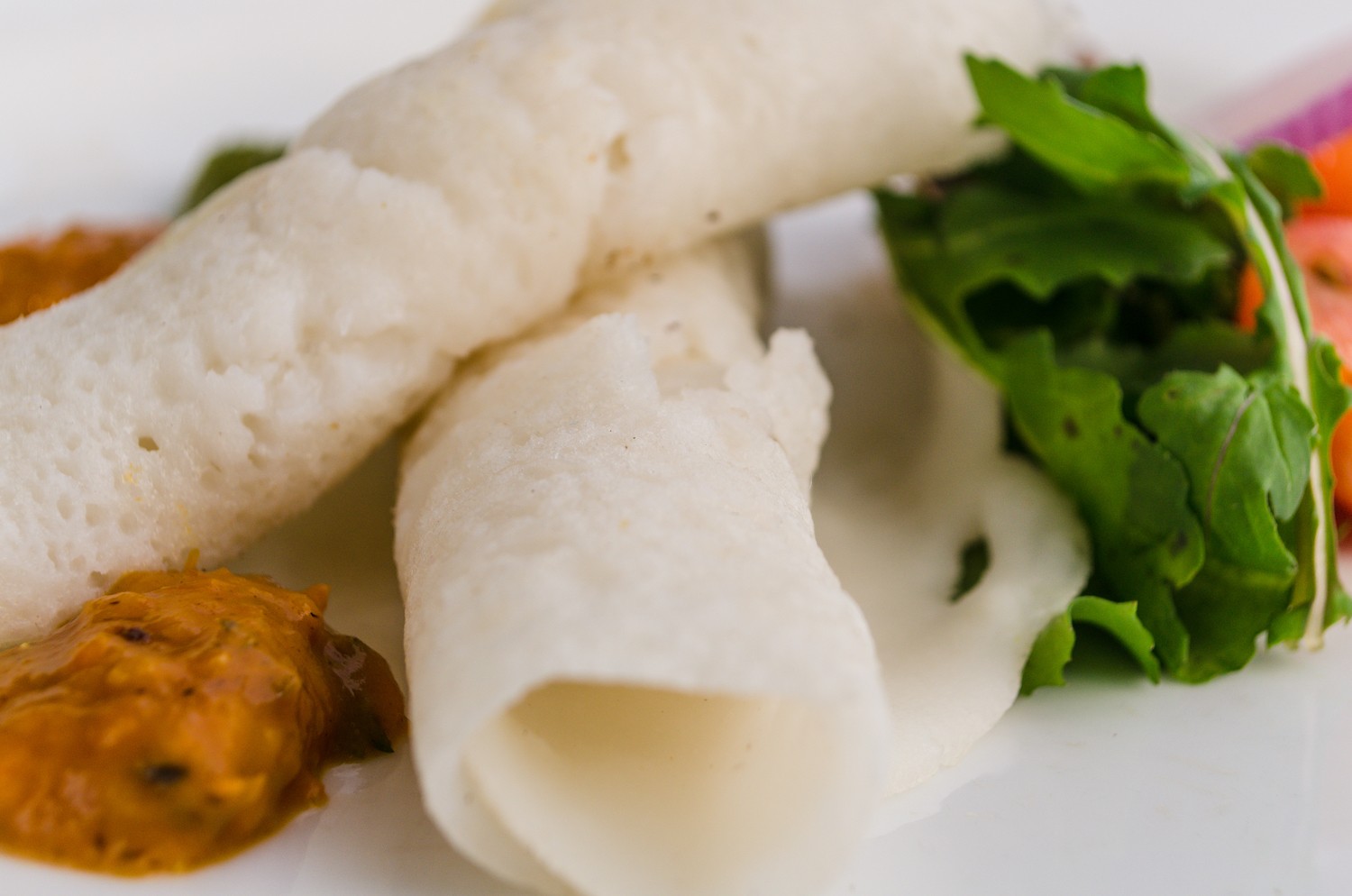
Dal Bhat is a common term used for the staple Nepali meal consisting of dal, rice, vegetable, achar (sauce or dip) combined with yogurt or buttermilk. Dal may represent black, red, yellow, green or mixed lentils depending on the season; vegetables usually consist of green leafy and/or seasonal items, followed by chicken or mutton curry. Each item in the Dal Bhat set is garnished or dressed with specific spice or herb to add value to the taste as well as health benefits providing protein, carbohydrate, vitamins and minerals, together making a balanced diet.
Dhido or Nepali porridge is one of the most popular indigenous meals in the Himalayan community made using hot water and any type of ground grain. It is also widely prepared in the hilly regions and can be prepared using millet, barley, buckwheat or wheat flour. This dish is an excellent source of energy rich in minerals and vitamins usually eaten along with curry, achaar or soup. Dhido sometimes is served instead of steamed white rice in Thakali sets.
Gundruk ko jhol is a typical soup prepared with traditionally fermented and dried green leafy vegetables. Gundruk, one of Nepal’s national dishes, is enjoyed all over the country. Sour in taste when consumed as a soup it provides both taste and healthy goodness at once. Gundruk is known to supply probiotics to the body, aiding in digestion and metabolism and supplying a number of vitamins and minerals.
Momo, a ‘must eat’ Nepali dish, is said to have originated from Tibet which the Newari traders brought to Nepal. Prepared using minced chicken, mutton, buff grated paneer, cheese or vegetables. While the momos are mainly steamed, they are also fried, dropped in soups called jhol momos, or prepared as chaats. It is probably the most popular fast food dish of Nepal enjoyed and relished by both domestic and foreign visitors.
Dhungre Roti or buckwheat pancake is more common amongst the Himalayan region, with the Thakali community in particular. Traditionally, the pancake is prepared plain and served with a spicy dip made of timmur, garlic, chili and salt. It can be turned into a wholesome and more nutritious meal by adding vegetables and cheese.
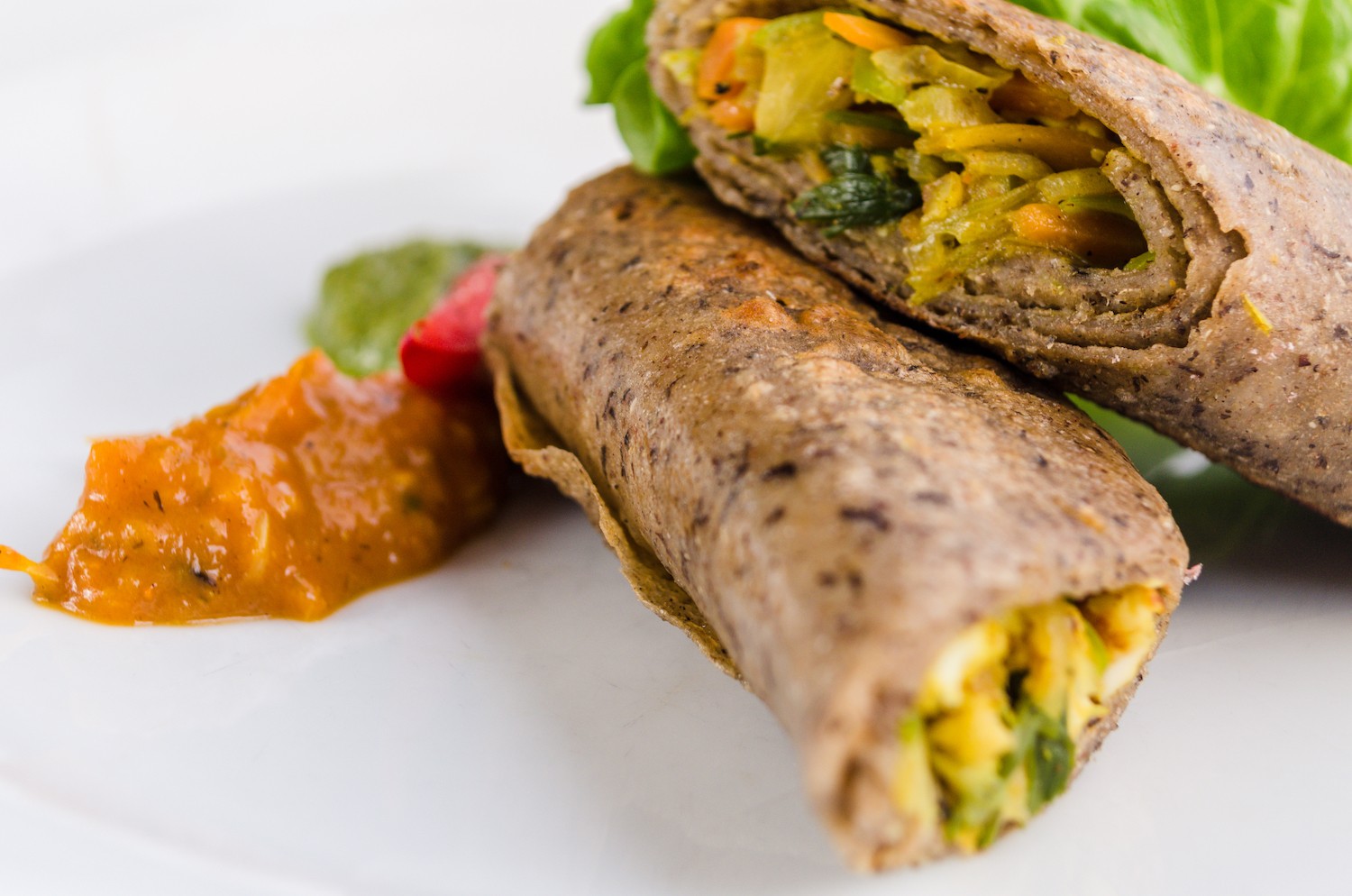
Wo or Bara, originally known as a traditional Newari pancake or patty, is made using spiced lentils. It is now prepared across various ethnicities in Nepal either during festivals, rituals or as a common snack food. The name Ow comes from Newari cuisine while Bara is the name used more in hilly regions.
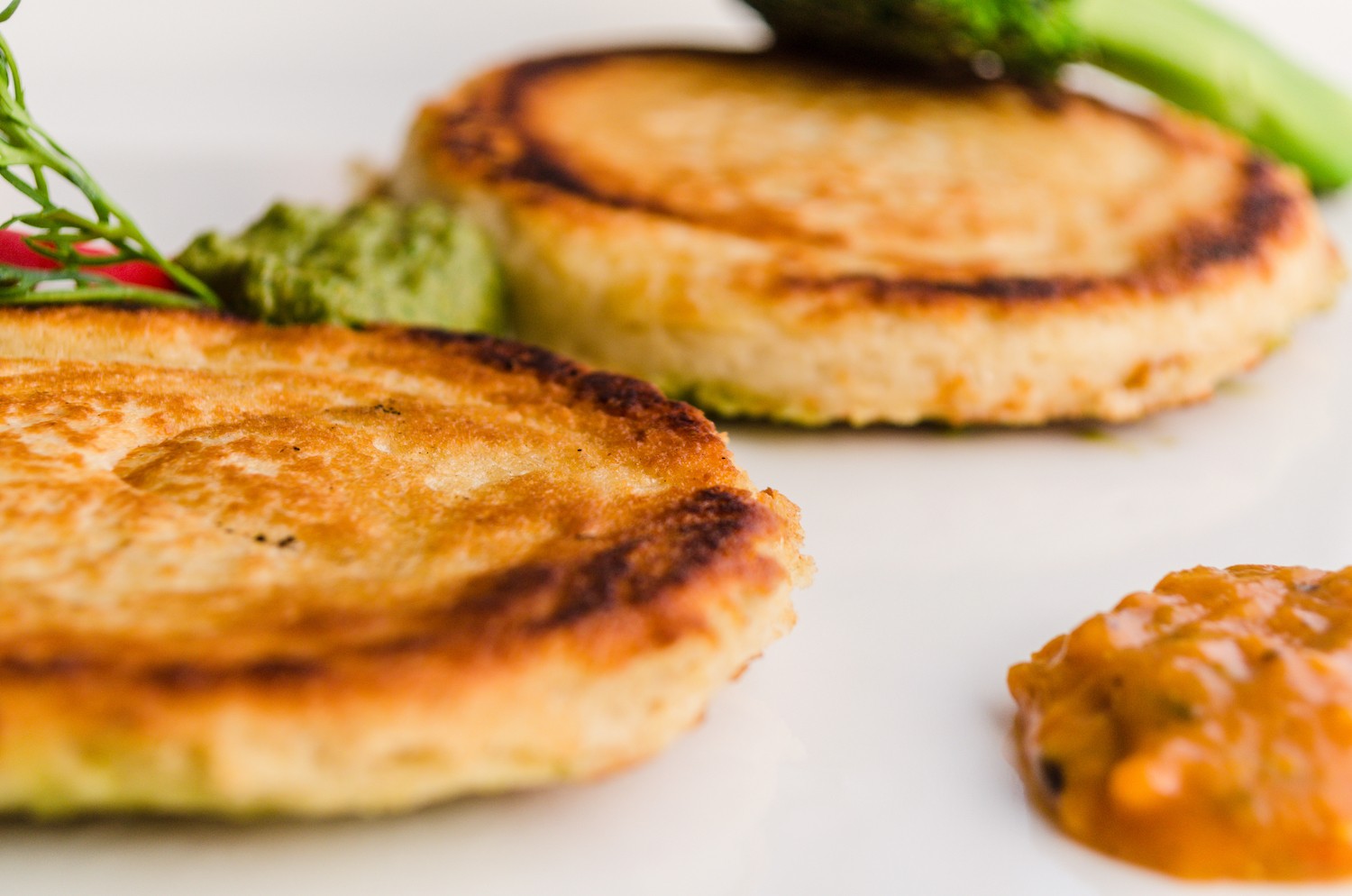
Juju dhau (traditional yoghurt) also known as the “King of Yoghurt” originates from Bhaktapur, this sweet dish is made using buffalo milk and fermented in a clay pot. Still sold in small clay pots, Juju Dhau holds its position as the King and is recommended by many. Rich in flavor and creamy in taste this traditional dairy beverage plays an important part during religious celebrations in Newari culture.
Lapsi also known as Nepali Hog Plum is a wild fruit native to Nepal. Oval in shape, this fruit is greenish yellow in color when ripe. Known to be a great source of “Vitamin C” Lapsi is consumed in many different forms such as candy, titaura, aachar, etc. It can be easily found in local department stores or bought from vendors.
Sel Roti is a sweet, round, thin traditional bread made using rice flour usually consumed during the festival of Tihar as a snack. Sel is also given as an offering to goddess Laxmi, the Hindu goddess of wealth and holds cultural significance. Shaped like a big ring, this crunchy roti can be enjoyed by itself or with achaar, curry and even tea.
Yomari, a festive sweet literally translates to tasty bread. A popular Newari delicacy Yomari is a steamed dumpling made using rice flour filled with chaku. This bread is also of religious significance to the Newars as it is considered to be a major festival food by their community. A food item integral to the Newa food culture, it is fed to pregnant women and also prepared during even numbered birthdays of children until they are 12 years old. Initially enjoyed during special occasions such as Yomari Punhi as the key food item, Yomari can now be found in many restaurants in and out of Kathmandu that serve Newari food.
Tama Aloo is a popular vegetarian Nepali dish usually enjoyed as a curry, soup or stew. Sour and spicy in taste Tama Aloo translates to potato and bamboo shoot soup enjoyed usually during the winters. This gluten free dish is made using ingredients like potatoes, crunchy fermented bamboo- shoot and black eyed peas. Served alongside plain rice or beaten rice this delicacy is considered very tasty and nutritious, a must try for all.
Ghongi is a dish popular among the Tharu community in Nepal who reside in the plains namely Terai region. These small water snails are harvested from rivers or ponds, cleaned, cooked thoroughly and enjoyed as a delicacy. Aside from being tasty Ghongi is said to be filled with proteins and body healing properties.
Liquors of Nepal
Unlike any other country Nepal has many local beverage options that have been passed down from the previous generation to the next. Unique in flavor, the manufacturing process of most of these liquors hold historic as well as traditional significance in one way or the other.
Aaila believed to symbolize purity is traditionally offered to the Gods in the Newar community and to the guests during special occasions. Commonly known as Raksi, it is a homemade liquor prepared by using traditional methods and ingredients such as fermented rice, grains. Although many local Newari restaurants in and outside of Kathmandu serve Aaila it can also be purchased in a local liquor store.
Tongba, sometimes referred to as hot beer, is found mostly in the eastern hills and mountainous regions of Nepal, Darjeeling and Sikkim. This traditional drink made using fermented millet is considered to be as strong as white wine and is sour in taste. Tongba is served in a unique cup-like vessel accompanied by a straw.
Chhyang is probably the most popular beverage across Nepal, also known as Nepali rice wine. Made using fermented rice and yeast it is milky white in color. Sherpas believe that Chhyang has many healing properties for conditions like fever, cold,etc. They also use it as a source to keep warm in the mountains.
It can be said that Nepali cuisine is healthier compared to its Asian counterparts as most of the dishes usually consist of a balanced proportion of vegetables, meats, pickled ingredients and salads. Hotels and restaurants in major cities of Nepal such as Kathmandu, Pokhara, serve many other cuisines such as Asian, international and Halal providing the travellers with a never ending array of food items to choose from.
Nepal Tourism Board is a national tourism organization of Nepal established in 1998 by an Act of Parliament in the form of partnership between the Government of Nepal and private sector tourism industry to develop and market Nepal as an attractive tourist destination. The Board provides platform for vision-drawn leadership for Nepal’s tourism sector by integrating Government commitment with the dynamism of private sector.



